"No level of lead is safe:" How to protect your family from dangerous drinking water
How to protect your family from dangerous drinking water
How to protect your family from dangerous drinking water
MILWAUKEE — Hundreds of thousands of people across SE Wisconsin are drinking water that comes from lead service lines. However, there are steps people can take to protect their loved ones from lead poisoning. One Milwaukee family knows all too well the importance of taking the right steps.
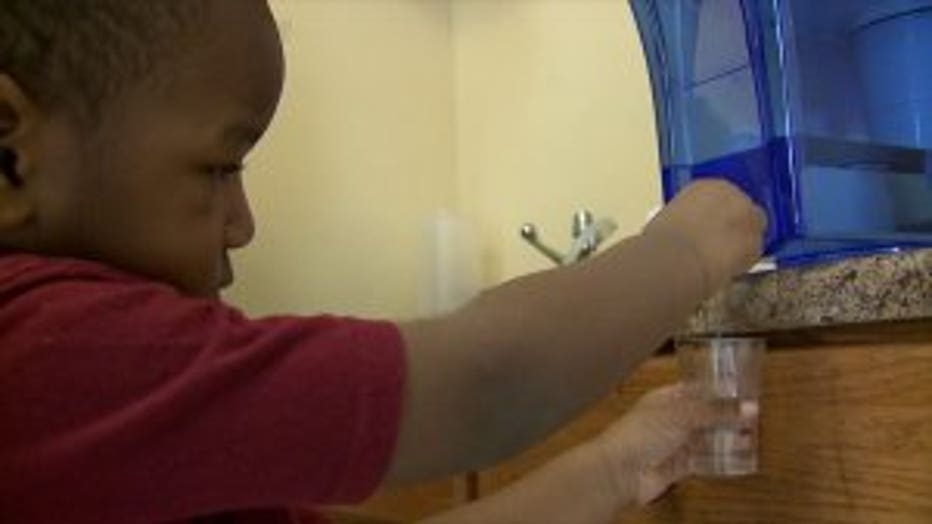
Troy Lowe gets a glass of filtered water.
The only water the family of three-year-old Troy Lowe drinks comes from a filter. The family bought the filter after learning their Milwaukee home has a lead service line.
So it came as a surprise when Troy Lowe's blood test came back positive for lead. The level was high enough that he was considered lead poisoned. Troy Lowe's dad is community activist Tory Lowe -- who discovered his son was drinking contaminated water without his knowledge.
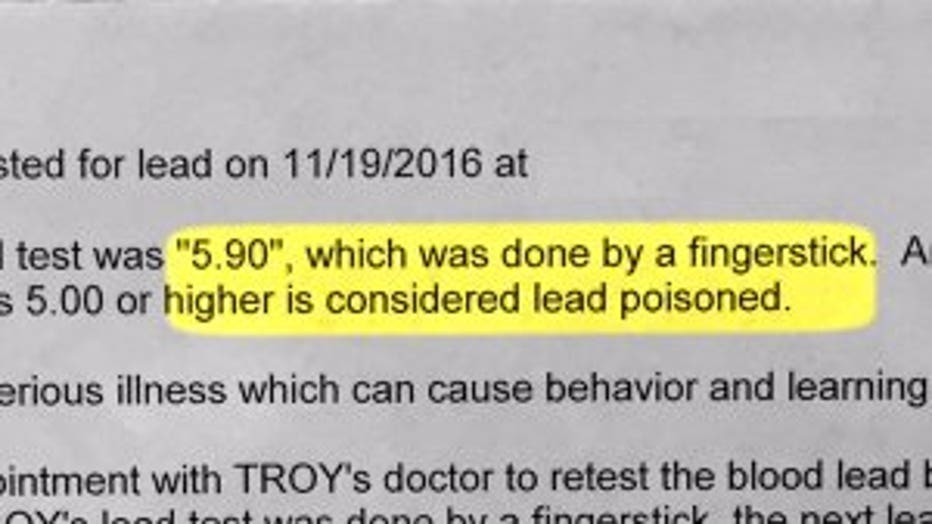
"That spooked me because we don't even drink the water," Lowe said. "He got potty trained and so I let him to go the bathroom on his own and while he was washing his hands he was drinking the water."
Dr. Geoffrey Swain of the Milwaukee Health Department says ingesting lead can affect brain development in children.
"No level of lead is safe, but more is worse," Dr. Swain said. "It affects their ability to learn and it affects their impulse control."
The United States banned the installation of lead service lines in 1986.
Swain says in Milwaukee 70,000 to 80,000 housing units still have lead lines, but it's not just Milwaukee's problem.
In Shorewood, 90% of the homes have lead service lines. In Whitefish Bay, more than half of the homes have lead lines on the public or private side. In Racine, it's 46%. In Kenosha, it's 26%.
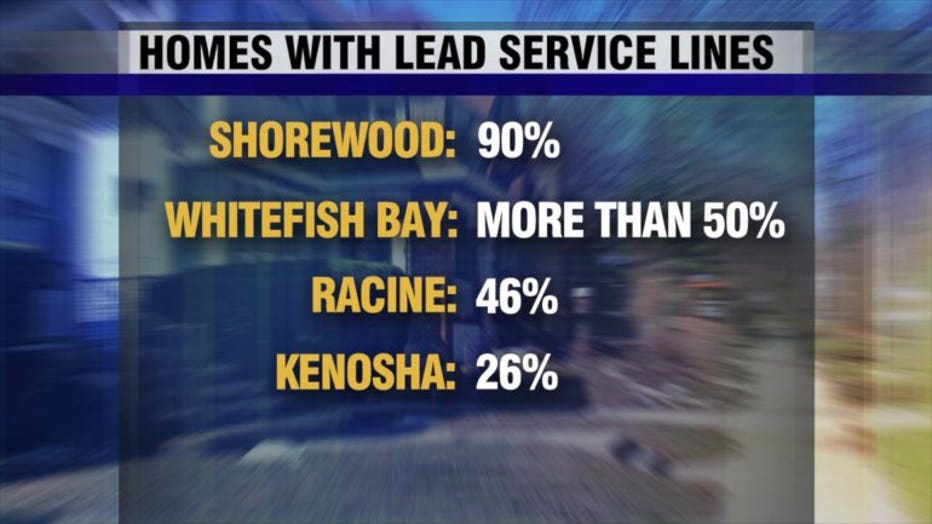
"We strongly recommend that you find out if you have a lead service line or if you have lead pipes in your home," Swain said.
The City of Milwaukee has a database to show the homes affected by lead service lines. Other communities provide information on their websites.
It's important to distinguish the difference between public or private service lines. The only records that cities tend to keep are for public
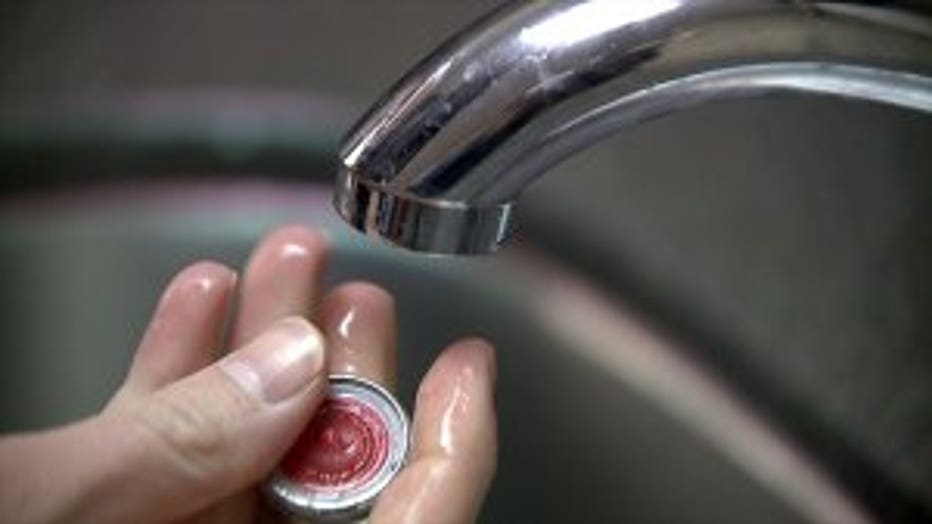
service lines -- not the private lines that run through people's front yards. It's possible one or both could be made of lead. It's up to homeowners to find out if they have private lead lines or lead fixtures in their home.
If you have lead in your water, it's recommended that you have your kids tested three times before age three. For cooking and drinking, run your faucet until it's very cold. When it comes to maintenance, clean your aerator -- that's the little filter on the screen on the end of your faucet -- once a month.
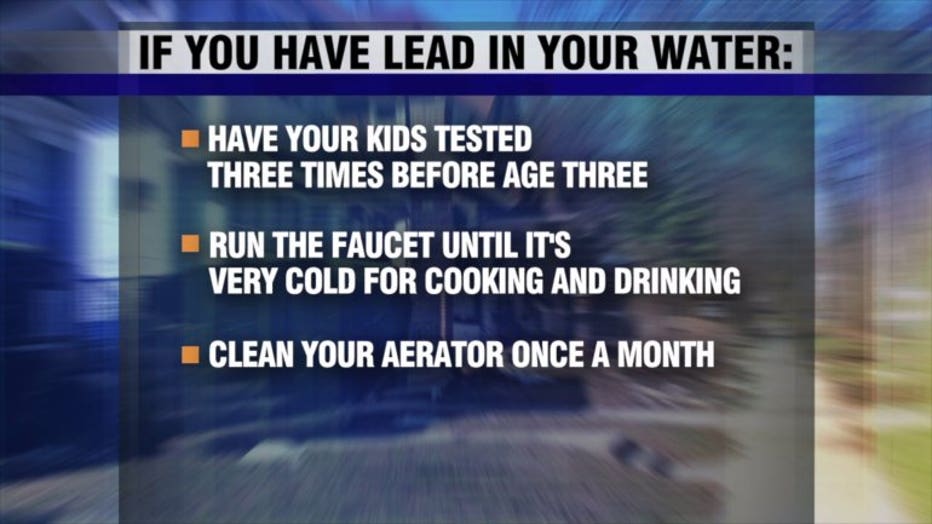
At Village Ace Hardware in Glendale, you can buy lead water tests, but you have to send them out to a lab for results.
There's a variety of water filters to choose from, but not all work on lead. You'll want to buy once certified by NSF for lead. It should be on the box.

The Milwaukee Health Department says a filter should be used as a supplement to running water until its very cold.
FOX6's Contact 6 purchased a Zero water filter certified by the NSF for lead. It costs $35. The filter comes with a TDS meter. It doesn't measure lead, but the amount of particles in your water. After Contact 6 used it, the water registered at almost zero.
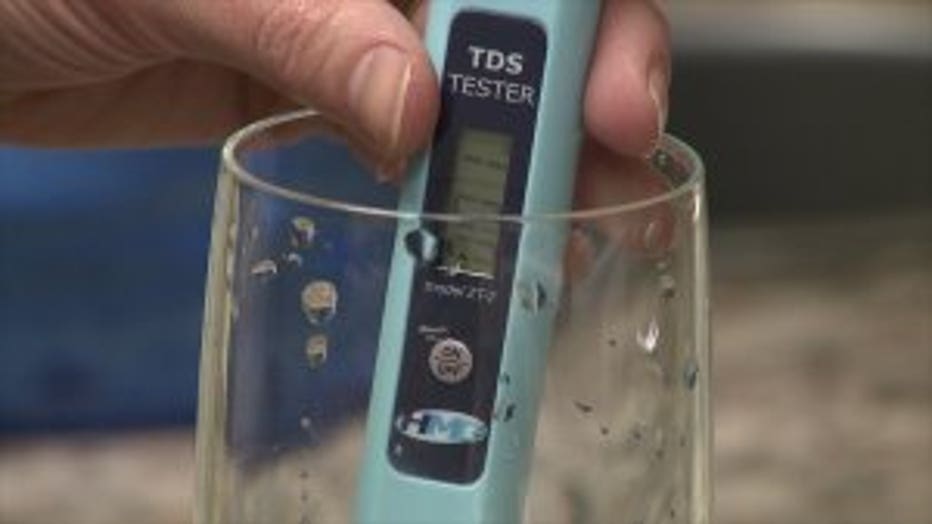
It's the same filter the Lowe's use in their home. Still, they have advice for anyone who has lead in their water.
"Secure the faucets," Lowe said.
The Milwaukee Health Department says childhood lead poisoning is one of its top priorities. It launched a campaign about the dangers of lead in water and paint in February 2017.
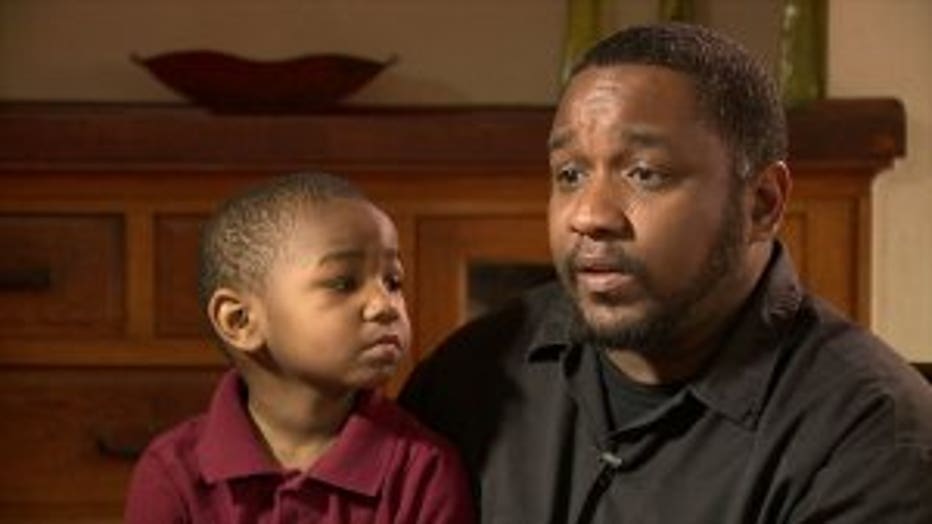
Tory Lowe with his son Troy
Lowe believes much more needs to be done to address the problem. He's created a public service announcement . You can see that PSA by clicking HERE.
Often, as part of a community's water treatment plan, phosphates are added to the water to coat the insides of pipes and act as a barrier between the lead pipe and water. While this helps get lead levels within federal standards, if a pipe is disturbed, for example during construction, the lead can flake off into the supply and that can be bad if ingested. At the same time some communities are using planned construction as an opportunity to replace lead lines.

